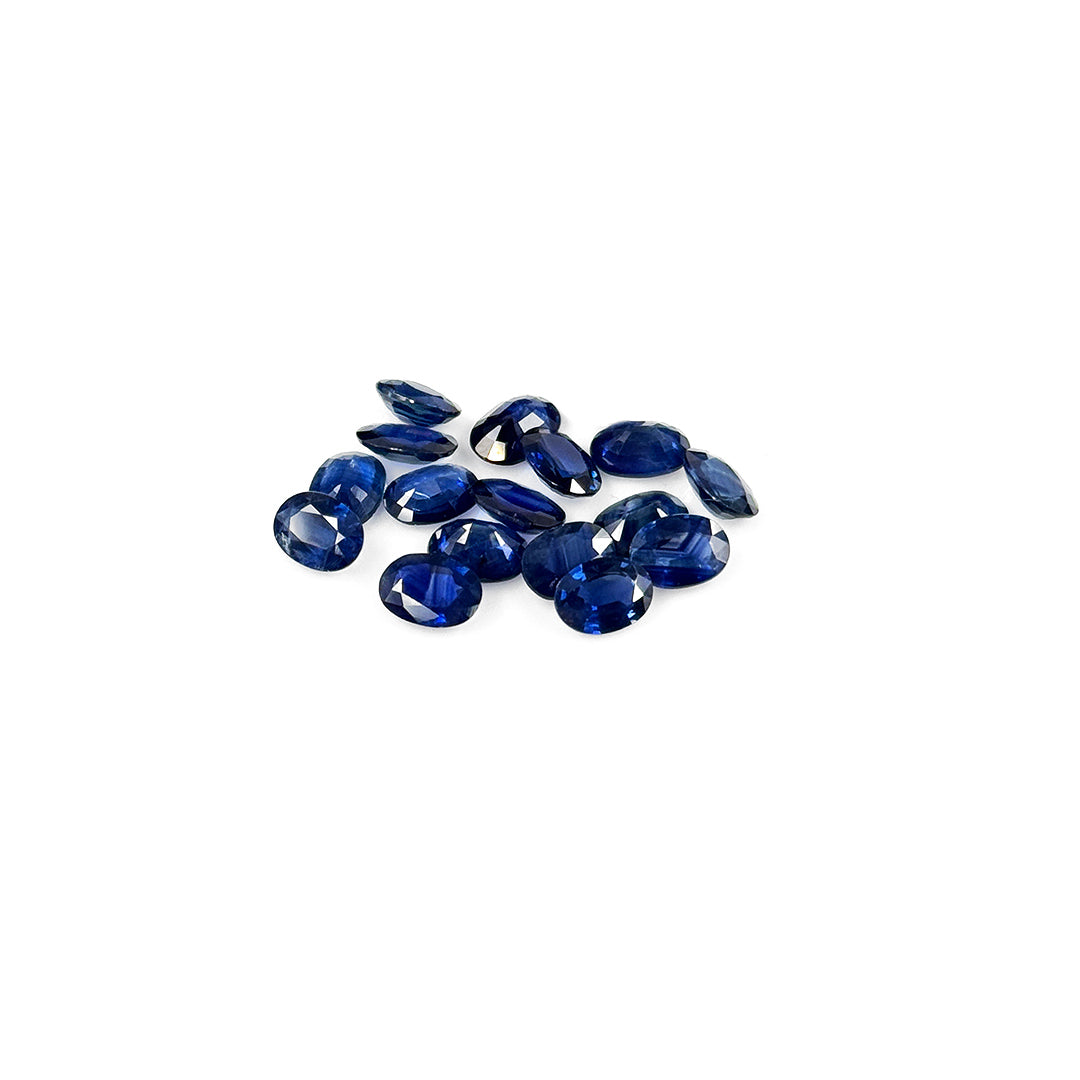
How to Identify Treatments in Sapphires
Share
How to Identify Treatments in Sapphires
Sapphires have enchanted collectors for centuries with their deep blues and vibrant colors. However, many sapphires in the market today undergo treatments to enhance their beauty. As a gemstone enthusiast or buyer, it's vital to understand how to identify these treatments before making an investment.
1. Understanding Common Sapphire Treatments
-
Heat Treatment:
-
The most common treatment.
-
Enhances color and clarity by heating the sapphire at high temperatures.
-
Generally accepted in the industry, but unheated sapphires are rarer and more valuable.
-
-
Fracture Filling:
-
Involves filling surface cracks with glass-like substances.
-
Makes the sapphire look clearer, but reduces its value.
-
-
Diffusion Treatment:
-
Adds color artificially by infusing chemicals during heating.
-
Color is only on the surface, not throughout the stone.
-
2. Visual Clues to Spot Treatments
-
For Heat Treatment:
-
Tiny internal features called "heat halos" around inclusions under magnification.
-
Silk-like rutile inclusions may appear partially melted.
-
-
For Fracture Filling:
-
Under magnification, filled fractures may show a glassy, unnatural look.
-
Bubbles or flashes inside cracks are red flags.
-
-
For Diffusion Treatment:
-
Uneven color zoning near the surface.
-
Surface scratches may reveal different colors underneath.
-
3. Ask for a Certification
-
Always demand a gemological certificate from reputable labs like GIA, GRS, or SSEF.
-
The report should clearly mention:
-
Natural Sapphire
-
Treatment status: Heated / Unheated / Treated by Diffusion or Fracture Filling
-
4. Light and Magnification Tests
-
UV Light Test:
-
Natural, untreated sapphires may fluoresce faintly under UV light, depending on origin.
-
Diffused or treated stones often show inconsistent fluorescence.
-
-
10x Loupe Inspection:
-
Look closely for foreign materials, bubbles, or surface cracks.
-
Why This Matters
Treated sapphires often come at a lower cost — but if you're seeking rare, investment-grade gemstones, natural, untreated sapphires are significantly more valuable.
Making an informed choice protects your investment and ensures you get genuine beauty.
👉 Explore our certified natural sapphire collection here.